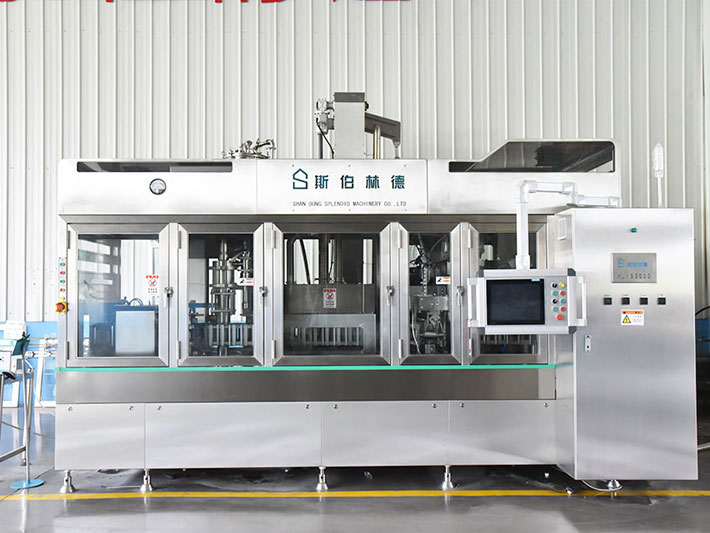


Filling machine is a machine used to put liquid or powder into packaging containers. Because the filling has been running for a long time, there will be various faults or problems, which need to be troubleshooting and maintenance. The following will detail the troubleshooting and maintenance process of the filling machine, I hope to help you.
The first step: Troubleshooting
When the filling machine fails, the problem needs to be diagnosed first. Through observation, inspection and testing, the specific type of failure can be determined, and then the corresponding maintenance.
1. Observe the fault phenomenon: For the obvious fault phenomenon, such as the machine stops running, leakage, leakage, noise, etc., you can start from these phenomena, initially determine the cause of the fault, and record it.
2. Check the machine parts: for the main parts of the machine, such as the motor, transmission device, liquid conveying system, etc., carefully check to see if there is obvious damage or wear.
3. Test device functions: Use test instruments to test key components of the machine, such as sensors, liquid level switches, solenoid valves, etc., to check whether their functions are normal.
The second step: fault cause analysis
After identifying the fault symptom, you need to analyze the fault cause. According to the fault phenomenon and test results, determine the possible causes of the fault, and analyze the possibility and degree of its occurrence.
1. Check the machine parameter Settings: some faults may be caused by the incorrect setting of the machine working parameters, such as filling time, speed, temperature, etc.
2. Check the supply of materials: the normal operation of the filling machine requires the supply of materials to ensure that the supply of materials is normal, including flow, concentration, pressure, etc.
3. Check the circuit connection: For the failure of electrical parts, it is necessary to check whether the circuit connection is good, whether the cable is damaged, and whether the power supply is normal.
4. Determine the component fault: Based on the fault symptom and check result, determine the specific component that may cause the fault, and further check and test it.
Step 3: Troubleshooting and maintenance
After determining the cause of the failure, the problem is handled and repaired. Based on the fault type and specific situation, you can take appropriate measures to rectify the fault, including repairing, replacing, or adjusting the fault.
1. Maintain the equipment and components: maintain or replace the worn parts in time to keep the equipment in good condition.
2. Repair the faulty equipment: According to the specific situation of the fault, take appropriate repair measures, such as replacing the damaged parts and repairing the circuit fault.
3. Adjust device parameters: If the parameter Settings are incorrect, adjust the device parameters as required to ensure normal running.
4. Fault testing and debugging: After maintenance, it is necessary to carry out fault testing and debugging to ensure that the problem is solved and ensure the normal operation of the equipment.
Step 4: Fault recording and summary
After troubleshooting and maintenance, it is necessary to record and summarize the faults. Record the type, cause, handling method, and result of the fault for reference and future maintenance.
1. Fault record: Record the details of the fault, including the time when the fault occurred, fault symptoms, fault analysis, and troubleshooting methods.
2. Fault summary: For common faults, you can summarize the causes and handling methods of the fault to improve the efficiency of troubleshooting and maintenance.
3. Maintenance plan: Make a maintenance plan based on fault records and summaries to periodically check and maintain devices to reduce the probability of faults.
Through the above troubleshooting and maintenance process, the fault of the filling machine can be solved in time to ensure its normal operation and work efficiency. At the same time, regular maintenance and inspection can effectively prevent failures, extend the service life of the equipment, and improve production efficiency.